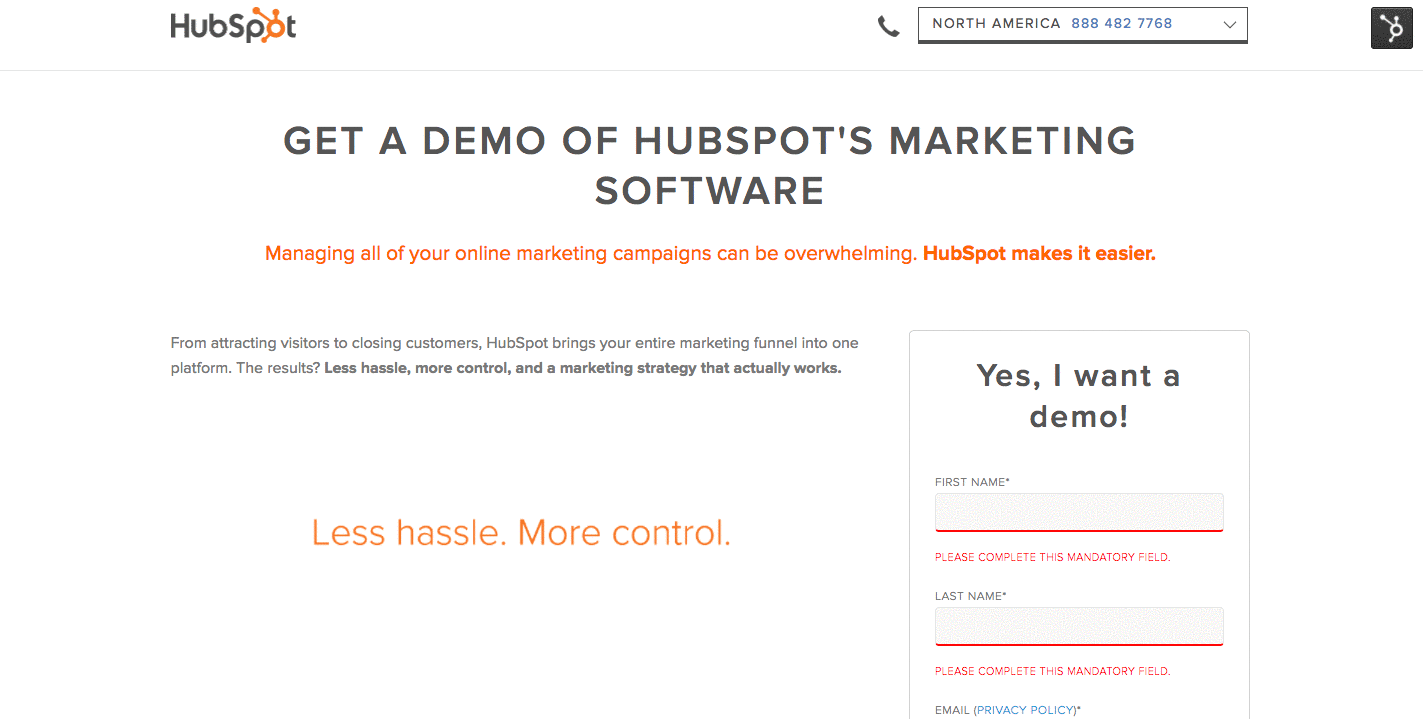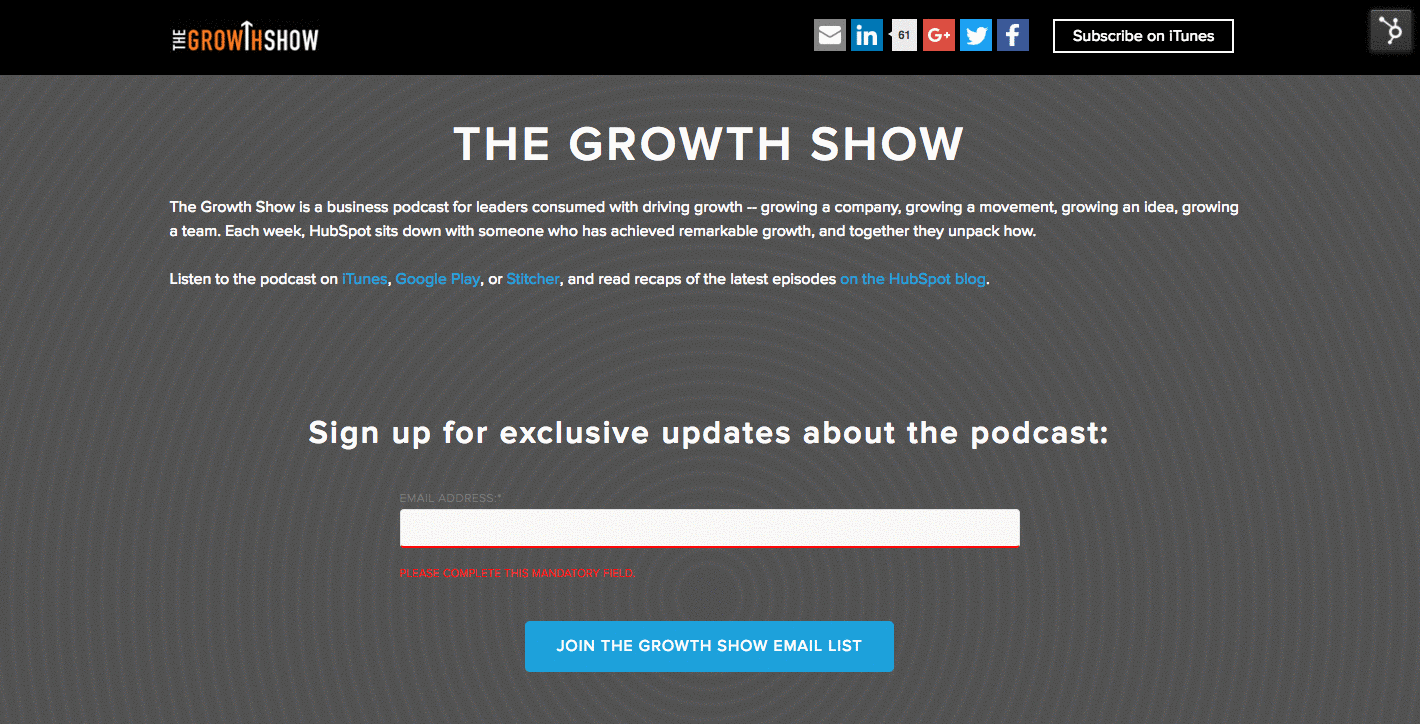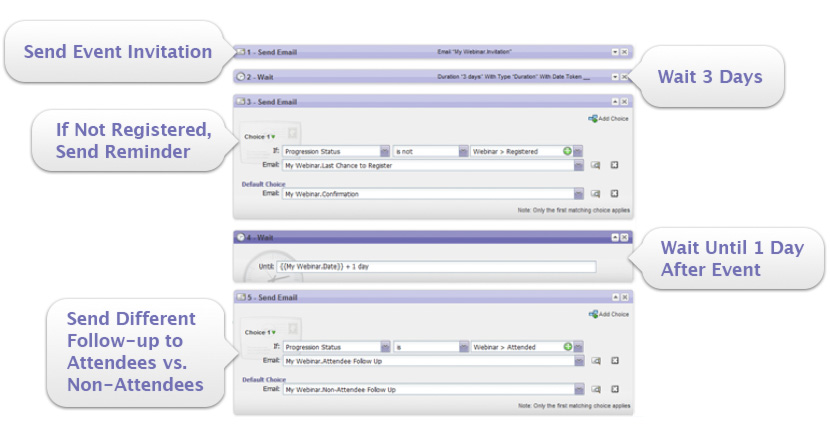Here’s a simple 1-2-3 plan for inviting new users into your sales funnel and paving the way for more conversions.
As a marketing director, part of your responsibility to the brand may be to “fill the hopper” with leads. But where do you find new prospects? And once you do grow your website’s audience, how do you get them to engage in meaningful next steps?
If these are familiar questions, it might be time for a fresh look at how you feed and maintain your online sales funnel.
The Pressure to Perform
In your top-of-the-funnel marketing, you’re trying to attract a larger, yet laser-targeted, audience. Mid-funnel tactics demand creativity and lots of patience, as you foster serious interest and evaluation. At the bottom of the funnel, depending on the week, you may finally be watching fish jump into the boat—or barely hitting your targets to keep someone off your back.
When it comes to meeting monthly lead-gen goals, the struggle is real.
Following is a strategy that’s been employed by many top brands online, and works with a wide variety of conversion types. It’s a basic 1-2-3 plan for inviting new users into your sales funnel and smoothing the path for increased conversions.
No matter where in the sales funnel your prospects are, each one should feel like your brand’s marketing was created exclusively for that user.
Step 1: Expand Reach with Digital Ads
Adding new leads to the awareness stage of your sales funnel (i.e. the top) means getting the right traffic to your website. And while ranking organically for key search terms should be a priority, it also takes time and dedication.
In the meantime, as long as your site is ready for an influx of leads—a refined conversion path and an integrated CRM are in place—digital ads can start loading your funnel quicker than most organic campaigns.
Pay-per-click (PPC) and the various campaign types under its umbrella can inject your sales funnel with better speed, control, and segmenting than its organic counterparts. Examples include text ads, display ads, remarketing, video pre-roll, promoted social media posts, and many others.

Source: WordStream
Step 2: Gate Valuable Content
Gated content is a great way to increase leads, and in many cases the best place to send traffic being referred from your digital ads. It’s critical, of course, to make sure that what you’re offering (or gating) is truly worth what you’re asking visitors to give you in return.
Effective examples of gated content as part of a lead-gen campaign include professionally-designed PDFs, infographics, e-commerce incentives, white papers, case studies, and worksheets. When preparing this content, don’t just consider who your audience is—think about why this audience in particular is coming to your website. Make sure you match your offer with the message in your ad and the content on the rest of your landing page. Consistency is key.
Finally, keep the length of your landing page form appropriate to the offer. Smaller offers, like a modest discount code or case study shouldn’t force prospects through too many hoops; perhaps just a name and email address. But bigger offers like free shipping on the first order or a comprehensive how-to guide might command more user-volunteered info. Both examples below feel appropriate to the different types of offers on tap.

Source: HubSpot

Source: HubSpot
Step 3: Nurture Your Leads
Most brands know that qualified leads are worth a personal follow-up from the sales team. What a lot of businesses overlook, however, is the potential in those leads who aren’t ready to commit yet. Engaging, or nurturing, those prospects with smaller ongoing interactions lets you build relationships that can lead to sales.
We already know that one-to-one digital marketing can vastly outperform its blunt sibling, the impersonal email blast. But consider this: an Experian email marketing study found that “personalized emails generate up to 6 times higher revenue per email than non-personalized emails do.”
One example of lead nurturing could be a free 30-day “training” program facilitated via email. For instance, four weekly messages that educate the prospect on how to use your product or service. Sometimes seeing the product in action and learning from customers who have succeeded can push a prospect off the fence. Your fifth and final message might conclude the series with a stronger, more compelling call-to-action than before.
Though a few basic forms of lead nurturing could theoretically be done manually, it works best when automated. Here’s an example of a lead nurturing workflow from Marketo, a giant in the marketing automation industry.

Source: Marketo
Lead nurturing draws users into a more personal conversation with your brand. And that extended conversation will let you earn more trust and demonstrate value—to ring true in more meaningful ways.
Getting Started
If hastily launched or left unsupervised, any brand’s sales funnel can easily grow stale or veer out of control.
This 3-step plan is fairly uncomplicated but requires planning. Before jumping in, for example, you’ll need a strong CRM in place where you can track and organize customer data. Some of this work will also require a marketing automation platform that can scale with your efforts.
DKY is able to see through the clutter of today’s crowded digital marketing landscape. We help our clients pick the right digital tools for each campaign. As a result, our clients are able to worry less about digital marketing, and spend more time focusing on their goals.
